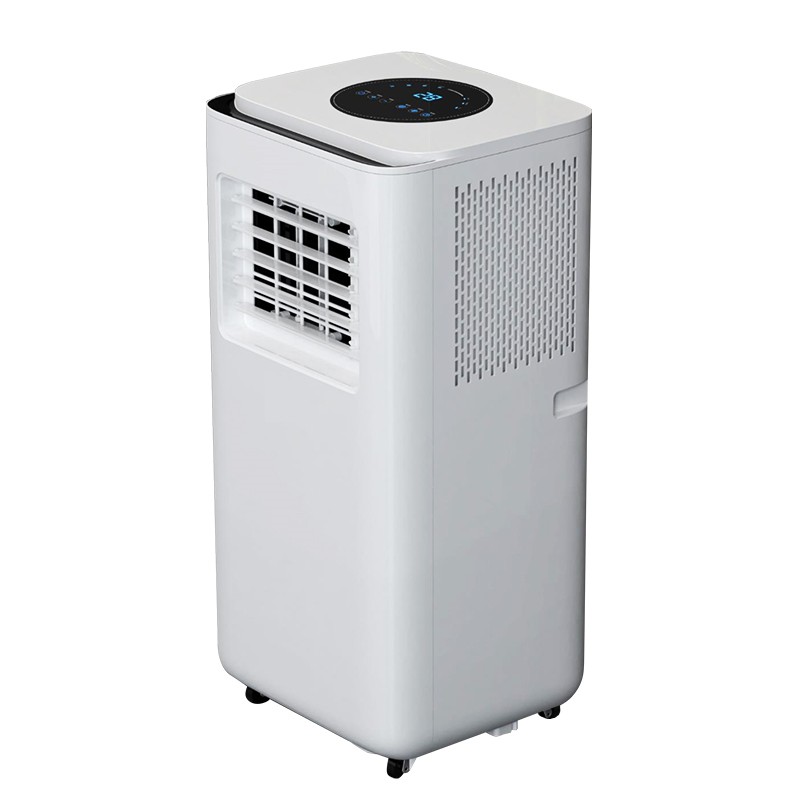 English
English Español
Español  Português
Português  русский
русский  Français
Français  日本語
日本語  Deutsch
Deutsch  tiếng Việt
tiếng Việt  Italiano
Italiano  Nederlands
Nederlands  ภาษาไทย
ภาษาไทย  Polski
Polski  한국어
한국어  Svenska
Svenska  magyar
magyar  Malay
Malay  বাংলা ভাষার
বাংলা ভাষার  Dansk
Dansk  Suomi
Suomi  हिन्दी
हिन्दी  Pilipino
Pilipino  Türkçe
Türkçe  Gaeilge
Gaeilge  العربية
العربية  Indonesia
Indonesia  Norsk
Norsk  تمل
تمل  český
český  ελληνικά
ελληνικά  український
український  Javanese
Javanese  فارسی
فارسی  தமிழ்
தமிழ்  తెలుగు
తెలుగు  नेपाली
नेपाली  Burmese
Burmese  български
български  ລາວ
ລາວ  Latine
Latine  Қазақша
Қазақша  Euskal
Euskal  Azərbaycan
Azərbaycan  Slovenský jazyk
Slovenský jazyk  Македонски
Македонски  Lietuvos
Lietuvos  Eesti Keel
Eesti Keel  Română
Română  Slovenski
Slovenski  मराठी
मराठी  Srpski језик
Srpski језик
Three major types of fresh air systems
2023-04-27

Three major types of fresh air systems
1. Unidirectional flow fresh air system
The unidirectional flow system is a diversified ventilation system formed by combining central mechanical exhaust and natural intake based on the three principles of mechanical ventilation system. It is composed of fans, air inlets, exhaust outlets, and various pipes and joints. The fan installed in the suspended ceiling is connected to a series of exhaust outlets through pipes. The fan starts, and the indoor turbid air is discharged from the outdoor through the suction outlet installed indoors, forming several effective negative pressure zones indoors. The indoor air continuously flows towards the negative pressure zone and is discharged outdoors. The outdoor fresh air is continuously replenished indoors by the air inlet installed above the window frame (between the window frame and the wall), So as to continuously breathe high-quality fresh air. The supply air system of this fresh air system does not require the connection of the supply air duct, while the exhaust air duct is generally installed in areas such as aisles and bathrooms that usually have suspended ceilings, and does not occupy additional space.
2. Bidirectional flow fresh air system
The bidirectional flow fresh air system is a central mechanical air supply and exhaust system based on the three principles of mechanical ventilation system, and is an effective supplement to the unidirectional flow fresh air system. In the design of a bidirectional flow system, the positions of the exhaust host and indoor exhaust outlets are basically consistent with the distribution of unidirectional flow, but the difference is that the fresh air in the bidirectional flow system is fed by the fresh air host. The fresh air host is connected to the indoor air distributor through pipelines, and continuously sends outdoor fresh air into the room through pipelines to meet people's daily needs for fresh and high-quality air. Both the exhaust and fresh air outlets are equipped with air volume control valves, which achieve indoor ventilation through the power exhaust and supply of the host.
3. Ground air supply system
Since the carbon dioxide density is larger than density of air density, the oxygen content is lower as the air is closer to the ground. From the perspective of energy conservation, the fresh air system installed on the ground will get better ventilation effect. The cold air supplied from the bottom or upper air supply outlets of the floor or wall diffuses on the surface of the floor, forming an organized airflow organization; And a buoyancy wake is formed around the heat source to carry away the heat. Due to the low wind speed and smooth turbulence of the airflow organization, there is no large eddy current. Therefore, the air temperature in the indoor working area is relatively consistent in the horizontal direction, while in the vertical direction, it is stratified and the higher the layer height, the more obvious this phenomenon is. The upward wake generated by the heat source not only carries away the heat load, but also brings dirty air from the work area to the upper part of the room, which is discharged by the exhaust outlet located at the top. The fresh air, waste heat, and pollutants sent out by the bottom air outlet move upward under the driving force of buoyancy and airflow organization, so the ground supply fresh air system can provide good air quality in indoor work areas.
We use cookies to offer you a better browsing experience, analyze site traffic and personalize content. By using this site, you agree to our use of cookies.
Privacy Policy





